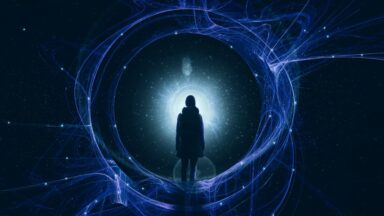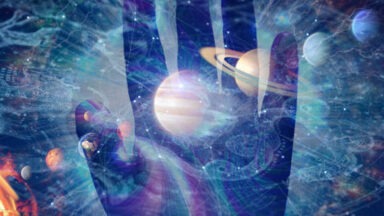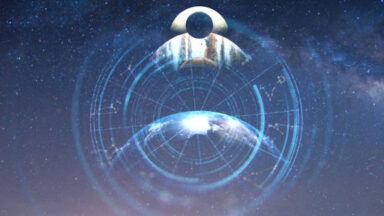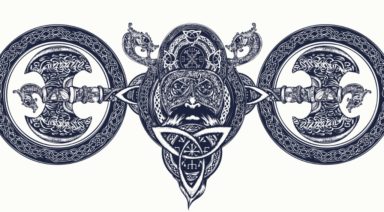Ancient wisdom of past days can also be the key to our future

Have you noticed it? Time is speeding up. Either the functions of our mind are increasing in speed so that it appears time moves faster and faster, or the events of the world are happening at a much quicker rate. There is no doubt that technological innovations are advancing at an unprecedented pace. This makes it difficult to keep up with all that the world now has to offer, day by day, let alone contemplate the implications.
Once, mankind found itself in a much simpler time. In the ancient world, things changed very little over the course of several generations. While the people of this ancient world certainly did not know as much as we do today, they had the opportunity to experiment and refine their techniques over the course of hundreds of years. These techniques included everything from spiritual connections to healing. As they did these things over and over, they set the prototype for how the mind works at an integral level including the functions of perception and how beliefs are integrated.
Over the centuries, mankind has augmented this prototype mindset. The names, mythologies, and ideologies may change from culture to culture and from time period to time period, yet we are all still human. Our brains and minds still work in the same fundamental way. The basic intention of ancient practices still remain with us today: building a sense of community, connecting with something greater than ourselves and innovating in order to survive.
As we look to the future and attempt to see what is to come, it is important to remember where we came from as a species. There is a popular Buddhist saying that goes, “If you want to know your past life, look at your present condition. If you want to know your future life, look at your present actions.” This applies just as much for the individual as it does for the whole of humanity. If we want to know why the world is in its current state, we must understand how we got here. In order to do this, we must study history and attempt to understand why the people of the past did what they did. As we do this, we can change our behaviors in order to create an even better future for generations to come. In essence, we study yesterday to live better today. This way, we can create the space for an even brighter tomorrow.
There is so much for us to learn about the ancient world and the discoveries they made. As we gain a deeper understanding of our modern world, the past innovators walk with us. Ancient guides lead us with their wisdom and inspiration, if only we learn how to listen to them. One day, when this era is considered to be an ancient world, we too will become the guides for distant future generations. They will look to us to lead them to even brighter horizons.
There is much to see atop the shoulders of giants.
View our full collection on Ancient Wisdom to continue unlocking secrets from the past.
Am I a Mystic? Signs & Personality Traits Most Mystics Share

Mysticism transcends traditional religious boundaries, offering a deeply personal and direct connection to the divine or ultimate reality. Mystics seek profound spiritual experiences that go beyond conventional doctrines, emphasizing personal insight and unity with the cosmos. This exploration delves into the essence of mysticism, its presence across various spiritual traditions, key personality traits of mystics, signs that may indicate a mystical inclination and guidance on embracing a mystical path.
What Is a Mystic?
A mystic is an individual who pursues a direct, experiential understanding of the sacred, unmediated by established religious rituals or intermediaries. This pursuit involves transcending traditional belief systems, moving beyond intellectual reasoning, and dissolving identification with the ego self. Mystics often experience a profound sense of unity with the divine, nature, or the cosmos, seeking to connect with the ultimate reality that underlies all existence.



































